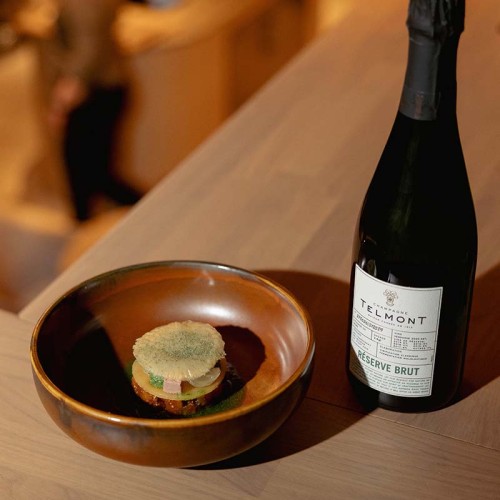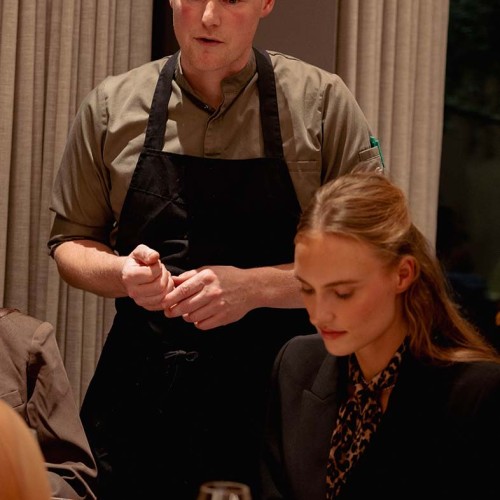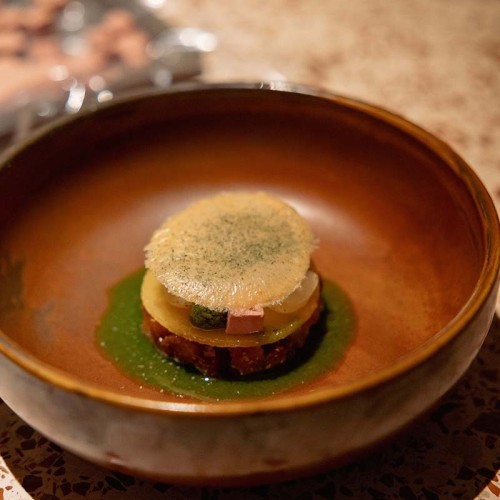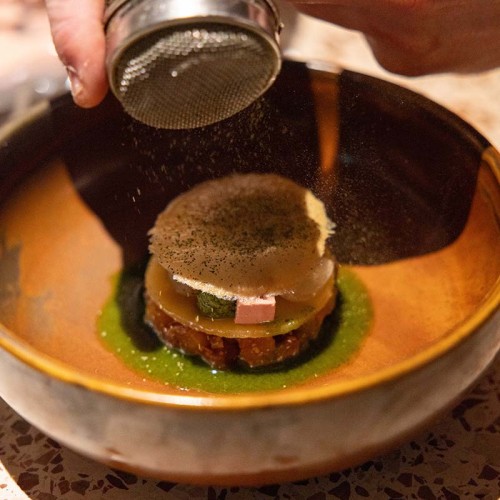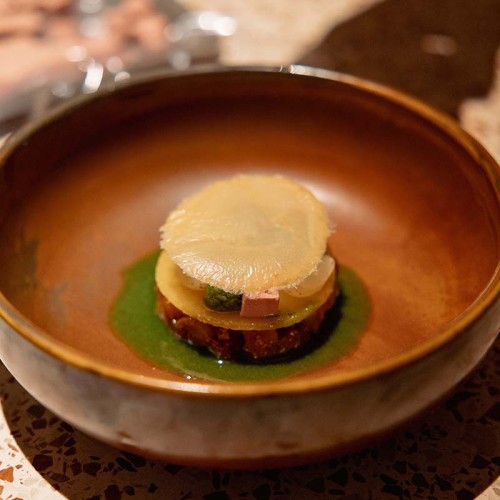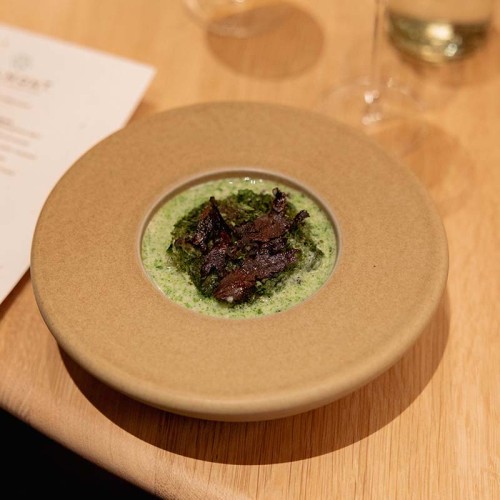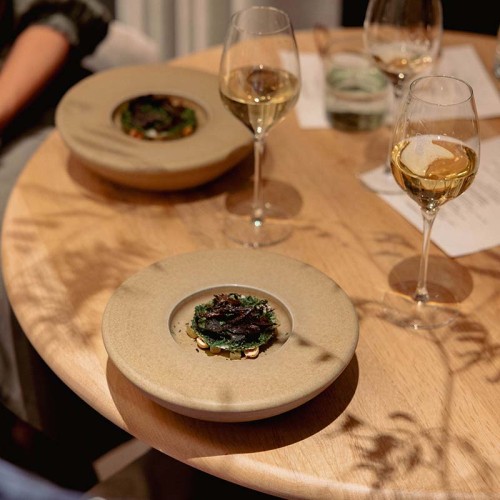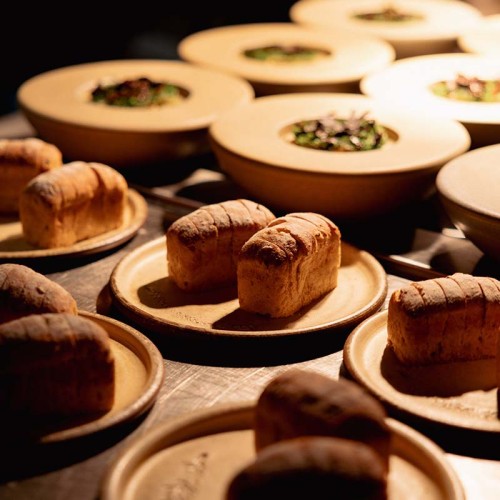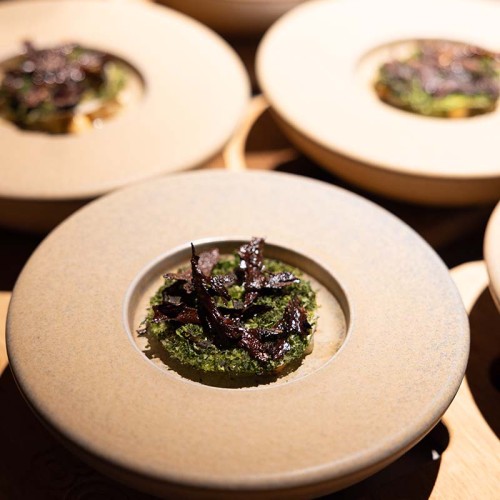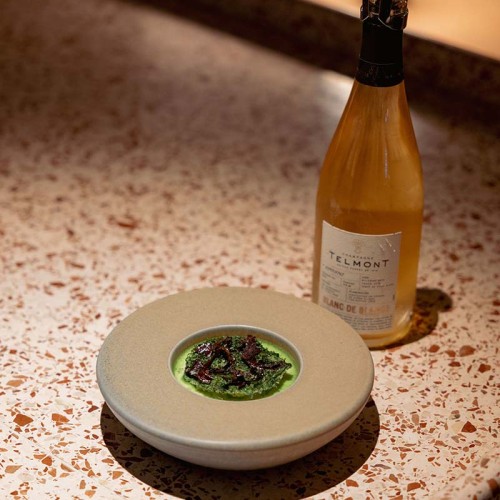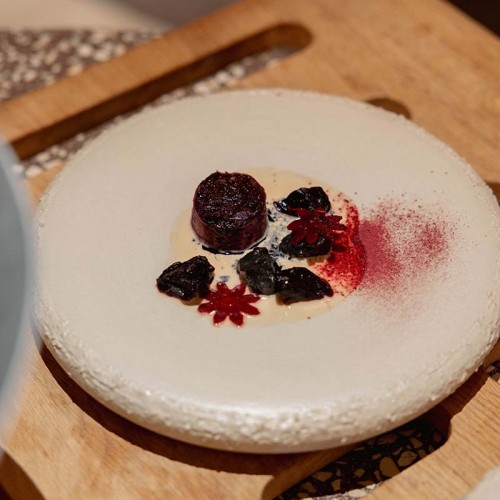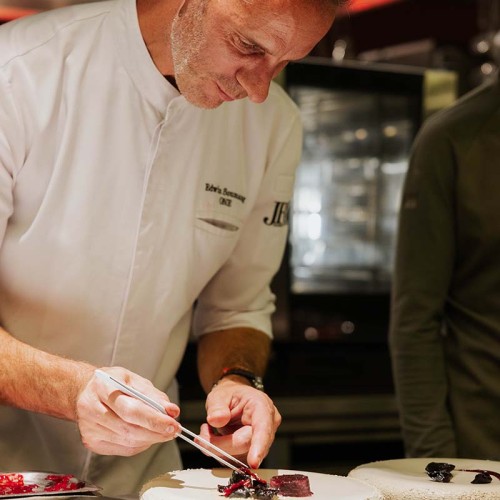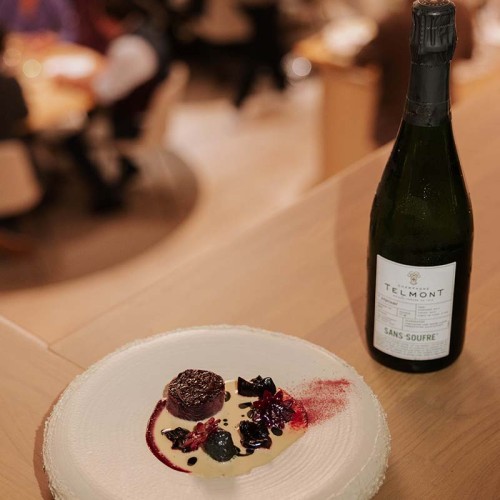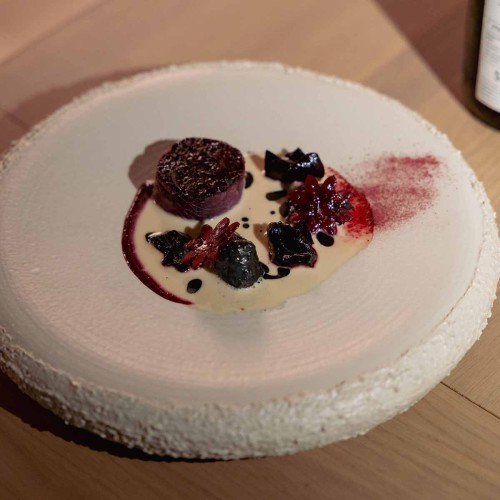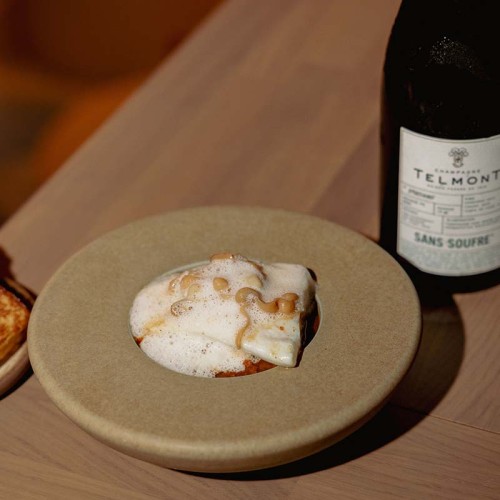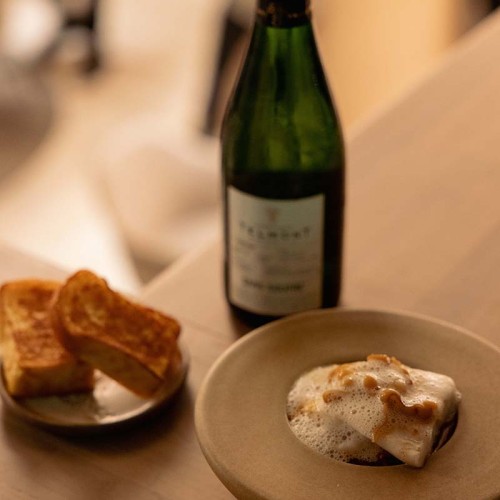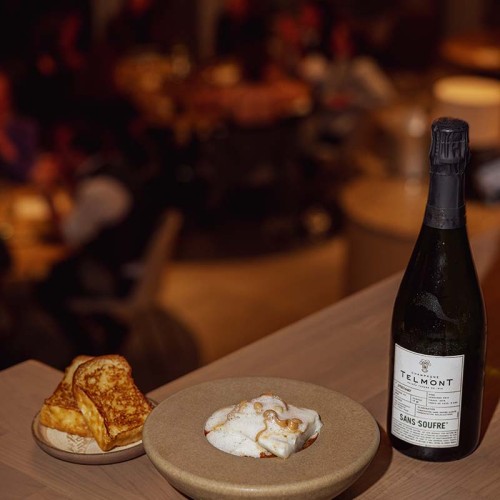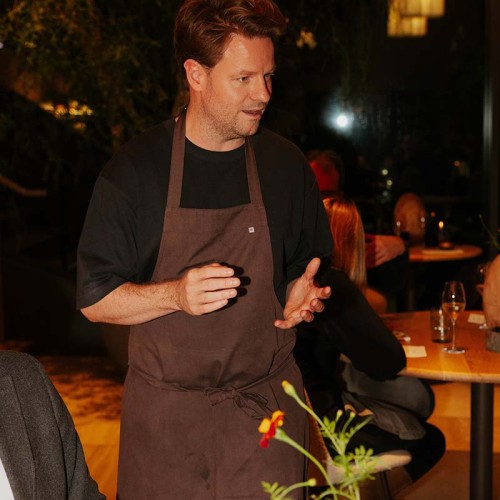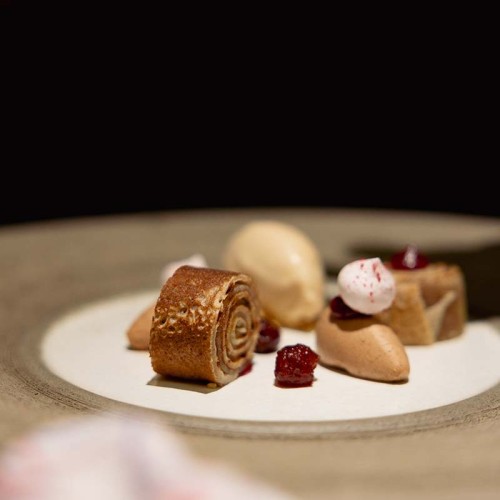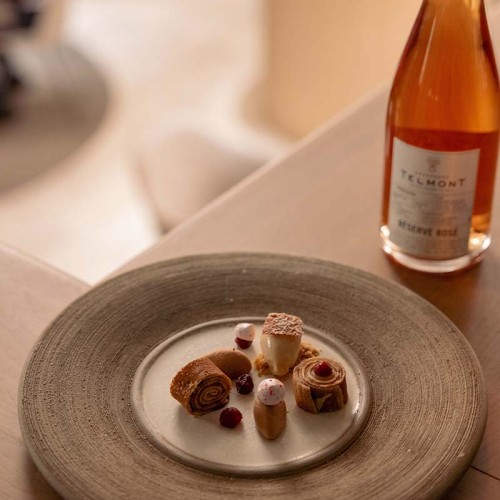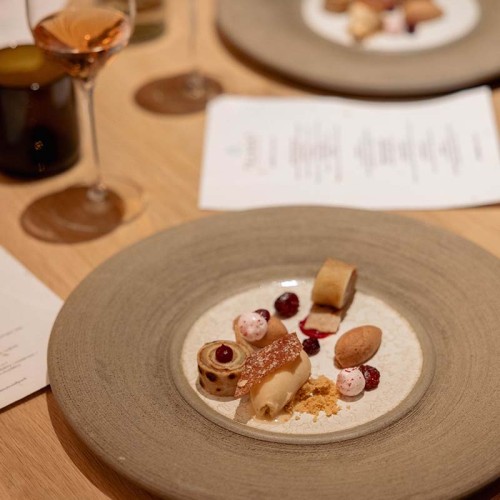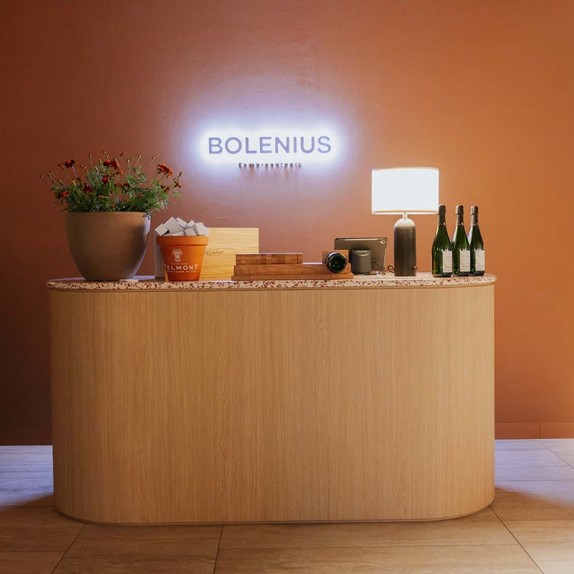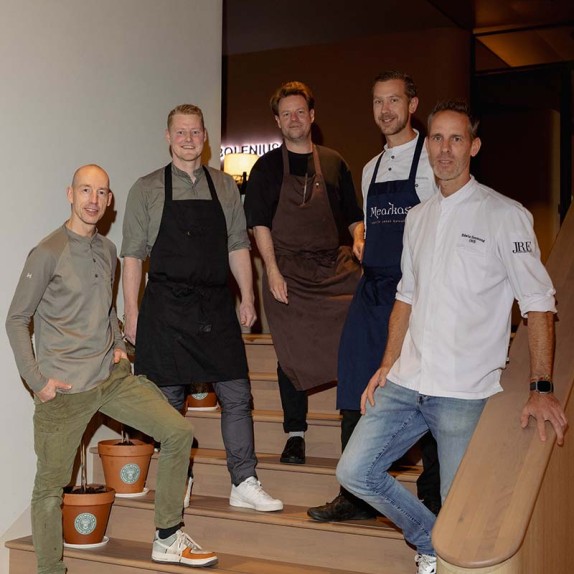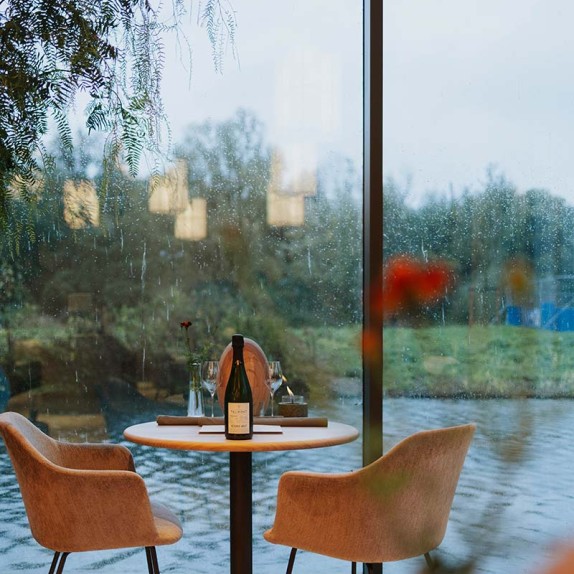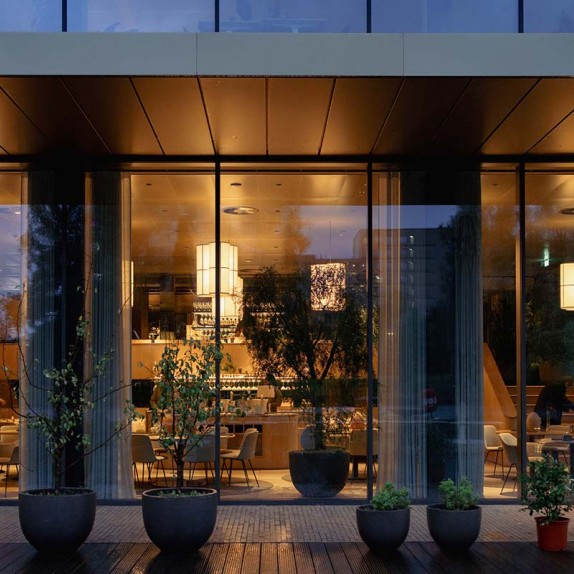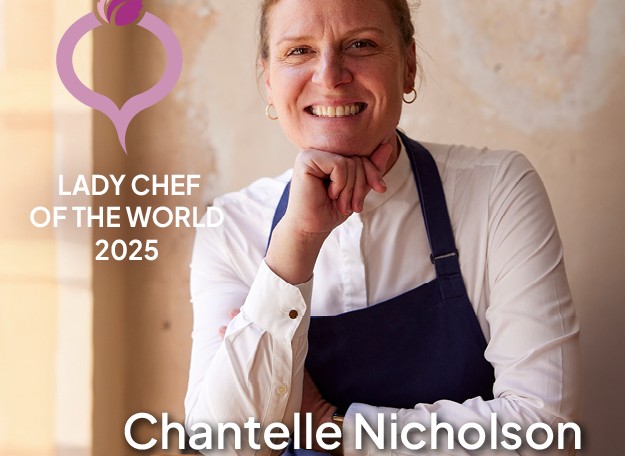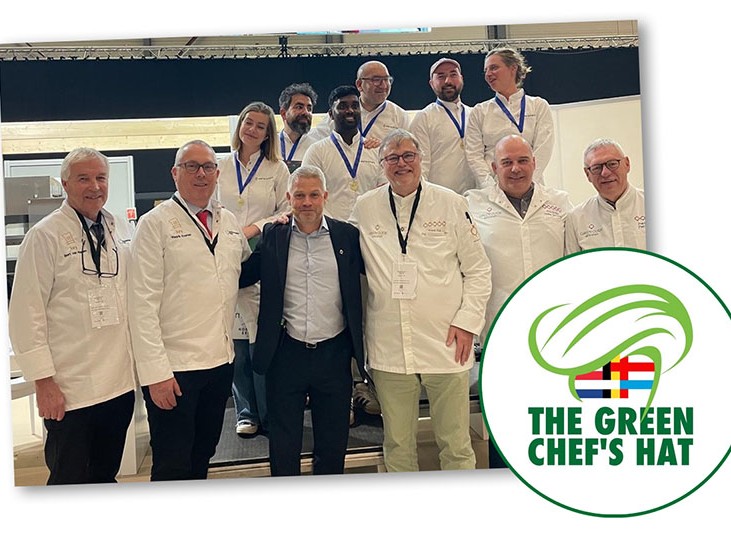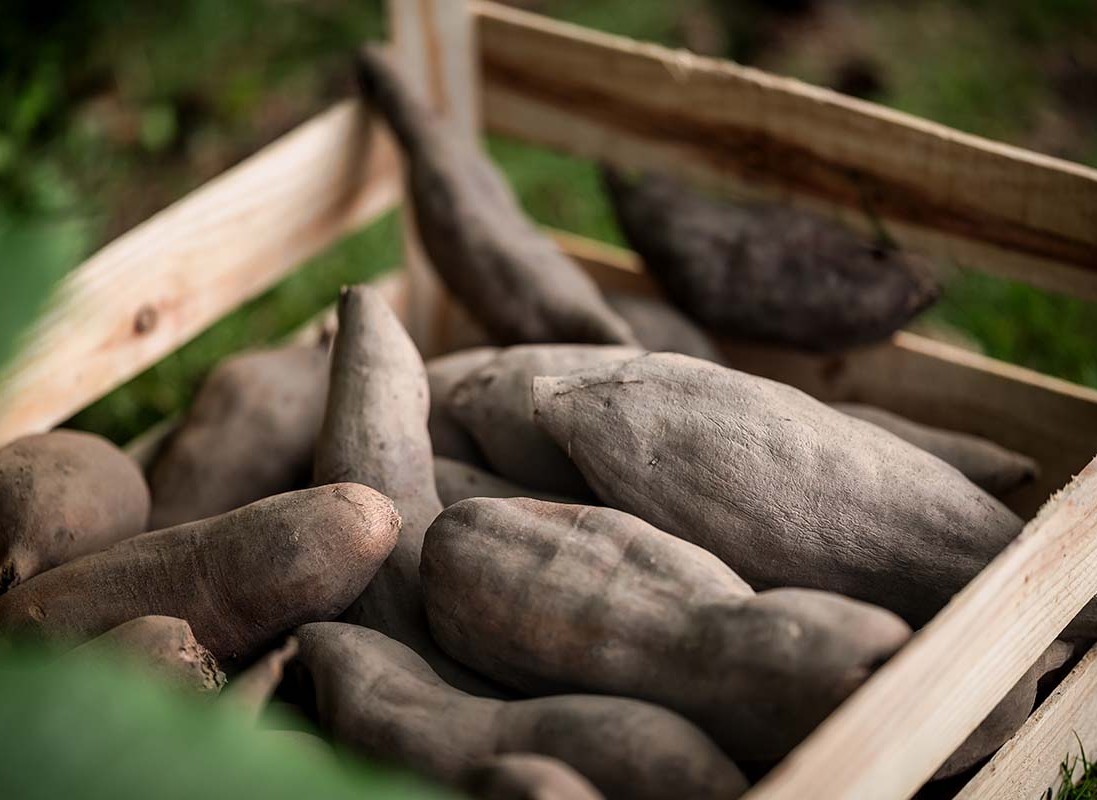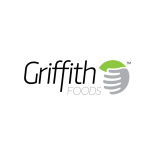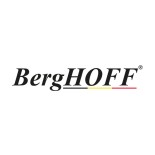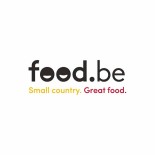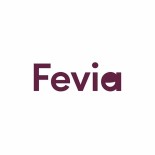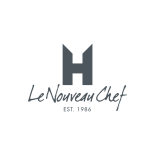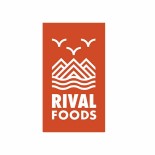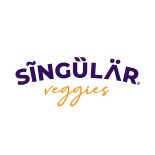Five Dutch pure plant top chefs serve their view on sustainable gastronomy
Their ‘ten hand’ menu showcases organic collaboration between ‘radishes’ chefs
End of October, restaurant Bolenius in Amsterdam's Rembrandtpark was the scene of a special culinary pairing event: five ‘green’ top chefs collaborated to create a plant-forward menu that was paired with cuvées from the sustainable champagne house Maison Telmont. We took the opportunity to ask the chefs about their vision of sustainable gastronomy. Could you taste the differences in their interpretations on the plate?
There is a relaxed atmosphere in the kitchen of Bolenius. Luc Kusters is the host of this pairing evening, organized in collaboration with champagne house Maison Telmont. Five top chefs, supported by their own sous chefs and sommeliers, joke around with each other as they prepare for their joint menu for the evening. “That's what I find so special about the We're Smart chefs. When we're together, the atmosphere is collegial and the collaboration is very organic. We want to make the best of it together, without any sense of competition,” says Kusters. “That's different from more ‘red’ collaborations, where ego sometimes takes over,” he knows.
Before the guests arrive Bolenius' team, led by the brand-new head chef Jet Loos, shows the guest chefs around the spacious workspace and helps with the set-up. Kees Meinderts from Mearkas has traveled from Friesland to get to know his fellow chefs better. It was also quite a journey for Edwin Soumang from One in Roermond and Daniel Schutte from Het Seminar in Zenderen, Twente. Bas van Kranen from Flore is the last to arrive, carrying his characteristic Japanese BBQ under his arm. But then again, his restaurant Flore is just around the corner.
Kusters took the initiative for this event: “This new place is perfect for it: we have enough space to work well together.” Each chef provides a snack and a course. “The proposed dishes went well together right away. I only had to make a few adjustments to avoid repetition.”
The five participating chefs:
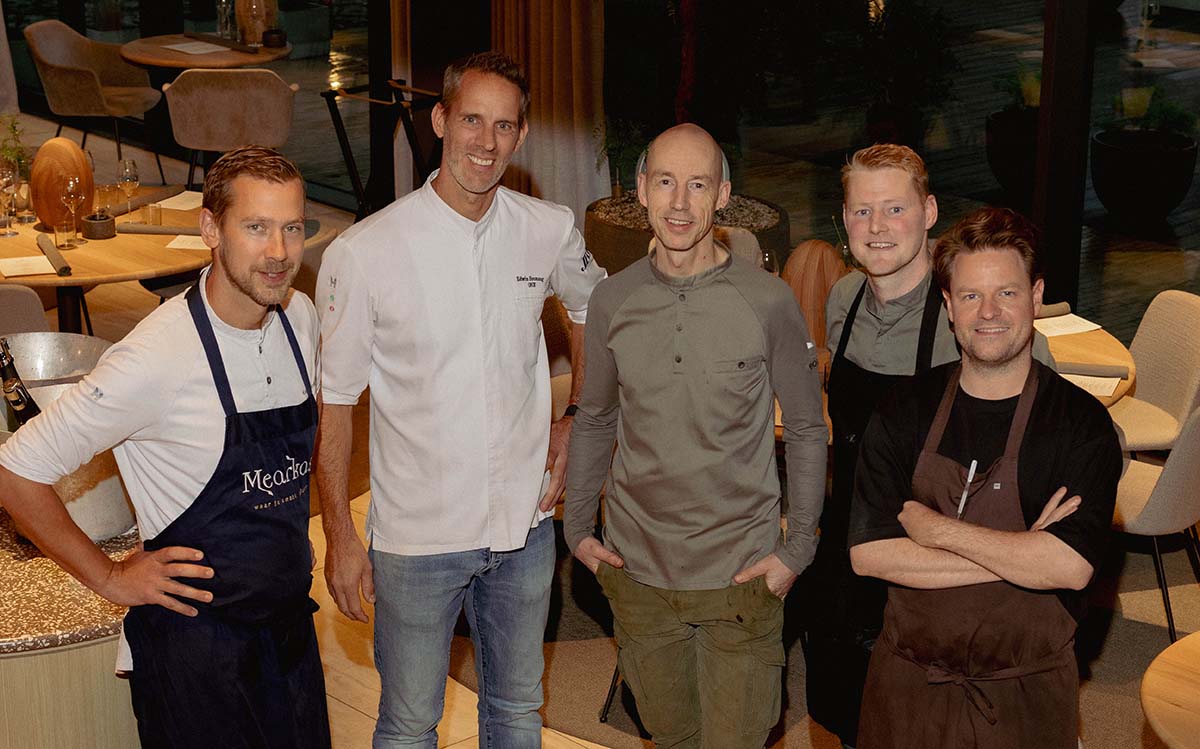
Photocredits: Jesaja Hizkia
- Kees Meinderts from Mearkas, Eastermar:
radishes
- Bas van Kranen from Flore, Amsterdam:
radishes
- Daniel Schutte from Het Seminar, Zenderen:
radish
- Edwin Soumang from One, Roermond:
radishes
- Luc Kusters from Bolenius, Amsterdam:
radishes
Focus on vegetables and seasons, emphasis on animal welfare and circular thinking
This ‘ten hands’ dinner is a unique opportunity to get to know five different chefs and cooking styles without having to travel across the country. An added bonus is that the chefs personally visit each table to explain the dish and their vision of ‘green’ gastronomy and radical sustainability throughout the evening.
The menu is balanced and a feast of flavors and textures. The unique style of the chefs and the region where they cook is clearly reflected in the beautiful dishes. It soon becomes clear that their shared vision goes beyond ‘putting vegetables at the center of the plate.’ For the chefs, it's all about the total impact of their cuisine and ingredients: with a strong focus on reducing food waste, supporting local initiatives and, of course, taste.
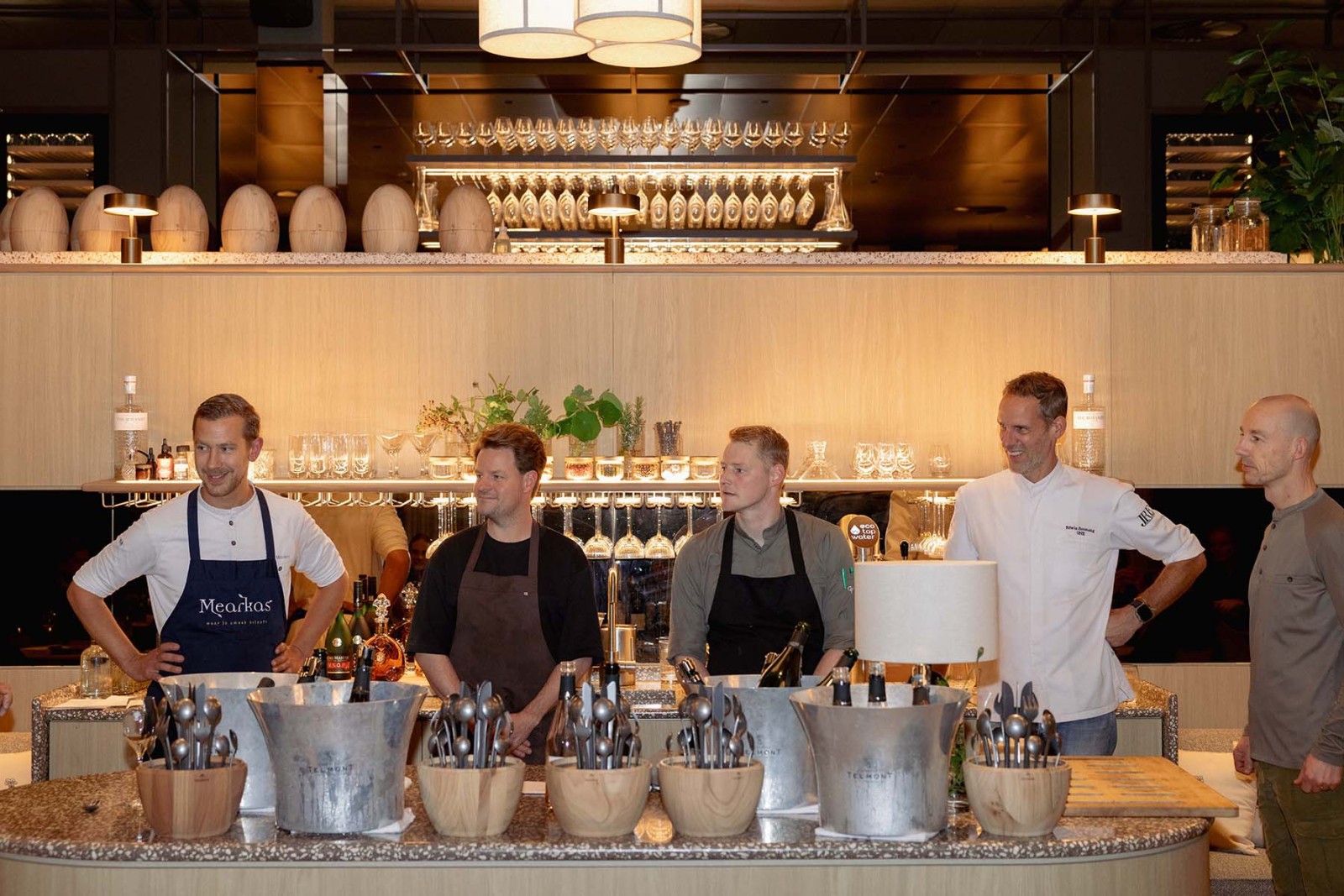
It's about the impact, not about being 100% pure plant
Bas van Kranen sums it up succinctly: "Running a restaurant or hotel is, in principle, not sustainable at all. As a chef or entrepreneur, you have to be aware of the impact your choices have on the environment and your surroundings. There is a lot you can do about that. Even if you don't have a sustainable solution for something yet, you can still take a step in the right direction. We focus on what feels right. I'm not going to cook entirely pure plant at Flore. The world will never eat entirely pure plant either; I think we need animals in our diet. But I do make very conscious decisions about what I serve."
Kusters adds: “I've been serving a completely vegetable-based menu since 2012, pure plant-based as We're Smart calls it. But we have to learn to think circularly, and that goes further. Animals—fish, meat, and poultry—also play a role in a circular food system. It's about consuming in moderation and producing our food using regenerative methods.”
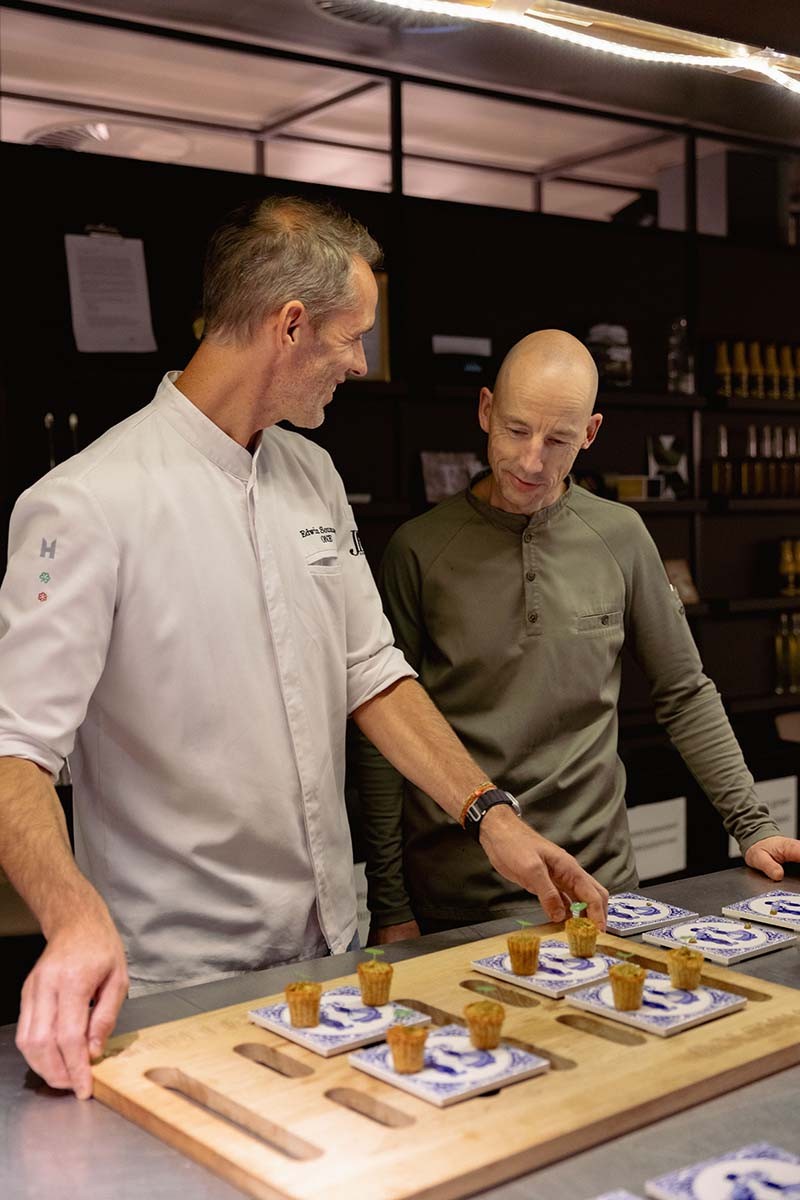
One shared sustainable mission, five interpretations
The Seminar 
Starter: Roasted rutabaga | lovage vinaigrette | preserved figs | Marloeskes | chicken liver pâté
The Seminar works with organically grown vegetables and herbs from its own garden and keeps its own animals, with a strong focus on animal welfare. Daniel Schutte: "Our view of sustainable gastronomy goes beyond organic. It is also about how the ingredients are processed; we process cows and pigs from head to tail, so that our ecological footprint remains limited.
The vegetables form the core of the dish. This is accompanied by roasted rutabaga, dressed with fig compote and coarse mustard. We make a vinaigrette and a cream from lovage, to which we also add carrot tops. We cook the Marloeskes (small onions, ed.) sous-vide and sear them for a roasted flavor. Lastly, we made chicken liver pâté from farm-raised chicken, the rest of the chicken was processed into chicken broth, and we made crispy chips from the skin.
Photocredits : Jesaja Hizkia
Bolenius 




Starter: Kohlrabi | hazelnut | sea lettuce
Luc Kusters: "Kohlrabi grows very well in our soil, so I like to work with it. But I also have a true passion for seaweed, the production needs to be scaled up. The first ‘field’ in the North Sea is now in production. If we all start eating more seaweed, it will be good for our health (plant-based source of protein), but also good for the environment (low carbon footprint). I have used four types of seaweed in this starter: dulse, sea lettuce, kelp, and nori, that all play a distinctive role in texture and taste."
Photocredits : Jesaja Hizkia
Restaurant One 




Intermediate course: Red cabbage | beetroot | black garlic gnocchi | Tomasu soy sauce
Edwin Soumang: "At restaurant One radical sustainability means working with locally sourced ingredients, fresh from nature and without unnecessary additives. We let the pure flavors speak for themselves. The red cabbage and beetroot in this dish come from our own vegetable garden. After cooking, we dried the beets and then soaked them again in beet juice, giving them a special licorice-like texture. We serve the gnocchi with fermented black garlic, also from our own garden. In the sauce, we use Tomasu soy sauce: a wonderful Dutch artisanal product, rich in umami. The fresh, elegant Telmont Blanc de Noirs champagne is a perfect counterpart to the earthy notes and umami in the dish, enhancing each other.
Photocredits : Jesaja Hizkia
Flore 




Main course: Turbot | rosehip 'nduja | peppers | squid
Bas van Kranen: “It is often thought that sustainable gastronomy automatically means that you can only serve vegetables. I disagree. For me, it is especially important to know where my products come from and how they are made. We are particularly selective in all the parties we work with.” Take fish, for example. Van Kranen: "The main course is based on the entire catch of Hendrik Kramer, a sustainable North Sea fisherman from Wild 'n Zilt. The boat Kramer uses for fishing is hybrid and therefore consumes only 10% of the diesel that a normal fishing boat uses. He has had special nets developed, with a large and small size, which has halved the amount of bycatch. This dish is made entirely from his catch. The ‘target species’ was squid, but he also caught langoustines and turbot as bycatch. We lightly brined and grilled the turbot. The grill is an essential component of Flore's kitchen. We serve it with a rosehip 'nduja and a bolognese with leftover octopus."
Photocredits : Jesaja Hizkia
Mearkas 




Snack: Tiger squid with kohlrabi | spices and stokâlde Fryske
Dessert: Buckwheat pancakes with apple | cranberry | hazelnut | chestnut and Madeira sorbet
Kees Meinderts: "Mearkas is located in the more conservative north of the country. When it comes to sustainability, we focus primarily on the region in which we are located. What's on the plate is what you'll find in nature when you take a walk here. We want to get people on board and enthuse them about sustainable gastronomy. Our restaurant is surrounded by nature, and I see more and more opportunities and things we can do even better. We are gradually working towards that.
The Telmont Réserve Rosé, has flavors of red fruit—cherries, raspberries—brioche notes, slightly fatty. Hence the buckwheat pancakes. Buckwheat is a poor man's grain from the declining region where we live. It is grown in our greenhouse. The apples from our yard are cooked in caramel syrup. Cranberries and hazelnuts also come from the northern Netherlands, and we picked the chestnuts ourselves. The Madeira sorbet ultimately brings everything together. That's the only ingredient that comes from further afield."
